Pillar and Beam Seepage
It is exceptionally hard to stick point precise reason just as the wellsprings of spillage of water in the structure. Water goes through maze of porosity channels of slim just as air voids which are undetectable and which are hard to find to their courses. The water may enter from one point and become noticeable at some other point. Thus the potential reasons for spillages ought to be dissected and comprehended as portrayed here under before taking up healing measures:
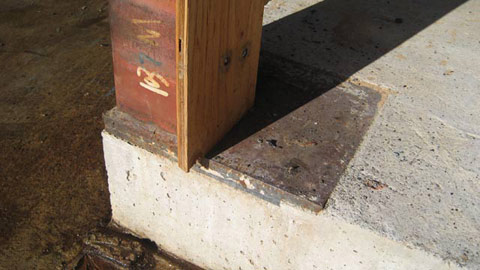
-
Firstly identify where the cracks have occured on the pillars and what is the reason of causing water leakage
-
Utilize an iron brush to evacuate free material around in the zone to be dealt with. Evacuate patches of free mortar if necessary.
-
On the off chance that the mortar has been expelled re mortar the patches utilizing mortar made of concrete, sand and a plasticizing added substance concoction. Enable mortar to fix and dry out before the following stage.
-
Apply a waterproof covering on the re-put territory utilizing the application directions. This layer will counteract leakage and can likewise be utilized as a surface for repainting. Watch this video to discover increasingly about how to apply clammy square.
-
The surface would now be able to be repainted after surface planning
-
A chemical mixture to block the pores permanently is mixed and applied to the entire terrace
Typically systems like brickbat Coba, Lime terracing or the "Mud Fuska" technique are still very much in vogue. These systems have been offering waterproofing with some insulation against heat.
Water tank Proofing
The water storage tankers in the residential or industrial or corporate areas become damaged due to the persistent water storage.
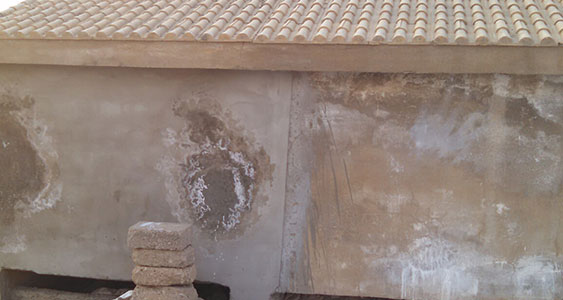
-
Basement and concrete structure
-
Water tank floor waterproofing
-
Sunken and basement waterproofing
-
Roof of the water storage tanks
-
Sump coating for the roof
-
Concrete is less flexible and cracks over time. Repairing an existing water tank is a time consuming process and cause inconvenience to the residents.
Bathroom leakage and waterproof
Bathrooms are the major problem faced by everyone because of the excess water leakages. The wet areas especially bathrooms should be taken extra care for reducing water leakages.
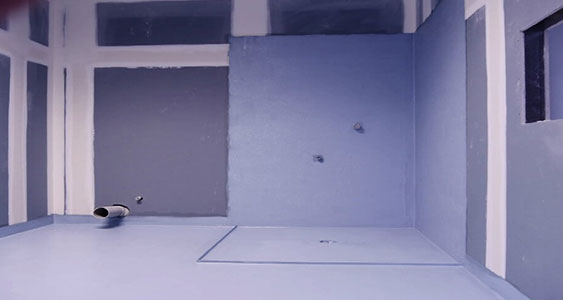
-
Shower walls and floors
-
Spa walls and floors
-
Bathroom walls
-
Bathroom floors on any building
-
Toilet waterproofing
-
The bathroom area is exposed to water every day and thus, waterproofing bathroom floors are a must. During construction
wall cracks
Crack filling is done commonly to seal the cracks formed especially on the floor, walls, and pavements and to maintain them in a proper condition.
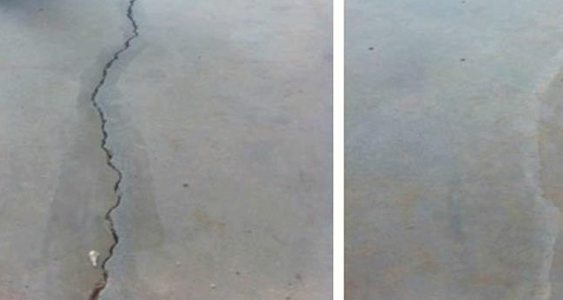
-
The cracks are formed majorly due to the following reasons
-
Poor building process
-
Deterioration
-
Age
-
Water leakages through internal and external walls
-
Cracks in walls are common in buildings; though some are nothing to worry about, others can indicate a sinking or damaged foundation (subsidence).
Basement leakage control
A leaking basement is a very common occurrence in many homes. When a basement leaks it does not imply that the home was not built well or that some extraordinary catastrophe has taken place
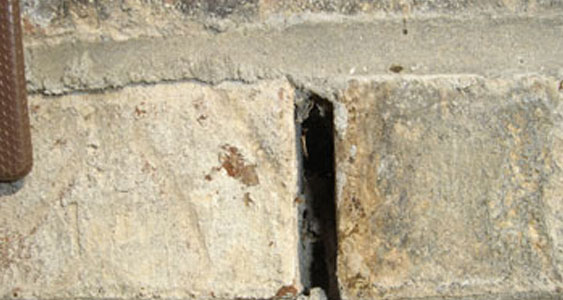
-
Hydrostatic Pressure
-
Lateral Pressure
-
Window Wells
-
Floor Cracks
-
Cove Joint
-
Many homeowners seek out interior basement leak repair solutions. Fortunately, regardless of the type of foundation that you have, it is possible to fix just about any leaky basement wall from the inside of your home.
Bathroom leakage control
The bathrooms are the main problem that everyone faces due to the excess of water leaks. Wet areas, especially bathrooms, should take special care to reduce water leakage.
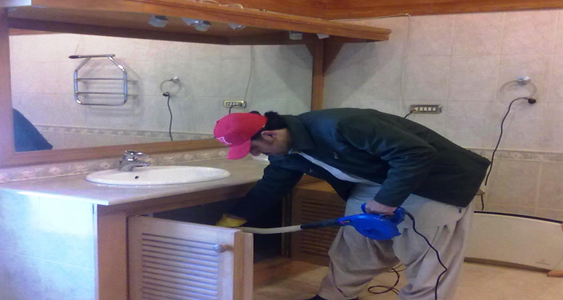
-
We check which chemical suits better to the bathroom or other wet areas.
-
Our chosen chemical will be the top branded leak proofing materials of the waterproofing chemical industry.
-
We cut and apply chemical through the edges without damaging the bathroom finishing.
-
If the injury is more, we will take the permission from our customer either to break the damaged area or not. Depending on their decision we will go for further steps.
Slab seepage control
Water storage tanks in residential, industrial or corporate areas are damaged due to persistent water storage. This damage will create small cracks or even tiny holes that lead to excessive water leakage.

-
Chemical plants waterproofing
-
Damp Walls for interior and exterior surfaces
-
Structural Concrete (Roof Concrete)
-
Waterproof Coat (Elastomeric Polymer)
-
Protective Screed (12.5 mm thick)
-
Redoing the waterproofing from the RCC slab is cumbersome and expensive. The existing screed and brick bat layers need to be broken and removed.
Don't See What You Need? Call Us today!
+91 90100 03288
-
we fix all your
Water Leakage problemsWe are in this waterproofing industry for the last 10 years, and our account is still underway. It is a family business, and now we have taken this to the next level with the support of all our loyal customers.
about more
-
HAPPY CLIENTS
-
year of service
-
Our Team
-
Our Projects
